50/50 – Behaviour Plans:
Help your neurodiverse students to help YOU
Behaviour Plans for Diverse Learners
Discussed in this podcast:
✅ Starting with the end in mind
✅ The 50/50 Learning & Behaviour Plan
✅ Modelling behaviour and demonstrating Plan B’s
✅ Encouraging independence with timers, visuals and schedules
✅ Using 3 Rs – rewards, repetition and routines
HOW TO USE THE 50/50 PROGRAM
You will need to use a combination of strategies and while at first it may feel like YOU are doing all the work as the student learns to work with what you provide, you will do less and less and eventually move to a 50/50 approach. This is where 50% of the strategies are by the adult and 50% by the student. Children on the spectrum need to be ‘taught’ to use a combination of strategies. I have seen many examples over the years where people put in place a strategy and just expect the child to understand how to use it or what it means. The helps Fostering Independence for Diverse Learners.
One of the key elements of a 50/50 program is teaching children to manage their own emotions. A pro-active approach to helping children with ASD, ADHD, ODD identify their ‘personal triggers’ is essential. Once you know these, it is easier to develop the ‘Strategies’ and ‘Actions’ to put in place for the individuals at home and school.

I have designed this one pager as I think it is perfect to print off for easy access to these strategies. Don’t forget the key strategy:
STRATEGY + ACTION = INDEPENDENCE & SUCCESS.
Remember it is all about Fostering Independence for Diverse Learners.
RECOMMENDED COURSES
RECOMMENDED PODCASTS
SUE LARKEY BOOKS


Are you?
- Passing on a student with Neurodiversity to another educator next year
- Do you know a student who will be changing teachers, classrooms, or school settings in 2026
- Planning your staff, classes for 2026
Now is the time to prepare for 2026.
By joining my course, you will get the knowledge, skills and strategies to set yourself and your students up for success in 2026.
If there's even a remote possibility of having a child with Neurodiversity in your classroom next year, join me to prepare now.
Training in the first term often presents challenges:
- Don't want a day out for training when setting up class at the start of the year.
- Students with neurodiversity may start off dysregulated because the necessary structures and strategies are not yet in place.
- Educators find themselves playing catch-up while addressing 'behaviours'.
- Many educators feel overwhelmed.








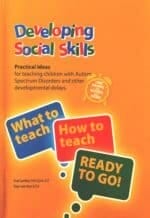



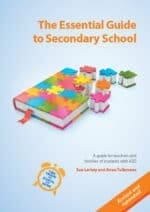
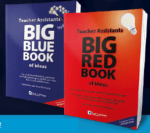



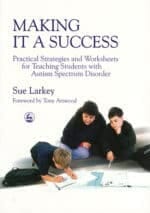
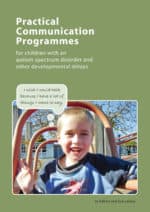



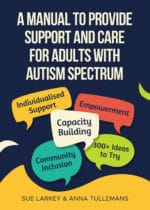
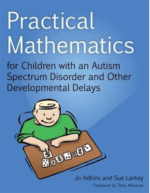






 Sorry we no longer ship items outside Australia. Please consider the digital versions of Sue’s Books –
Sorry we no longer ship items outside Australia. Please consider the digital versions of Sue’s Books – 